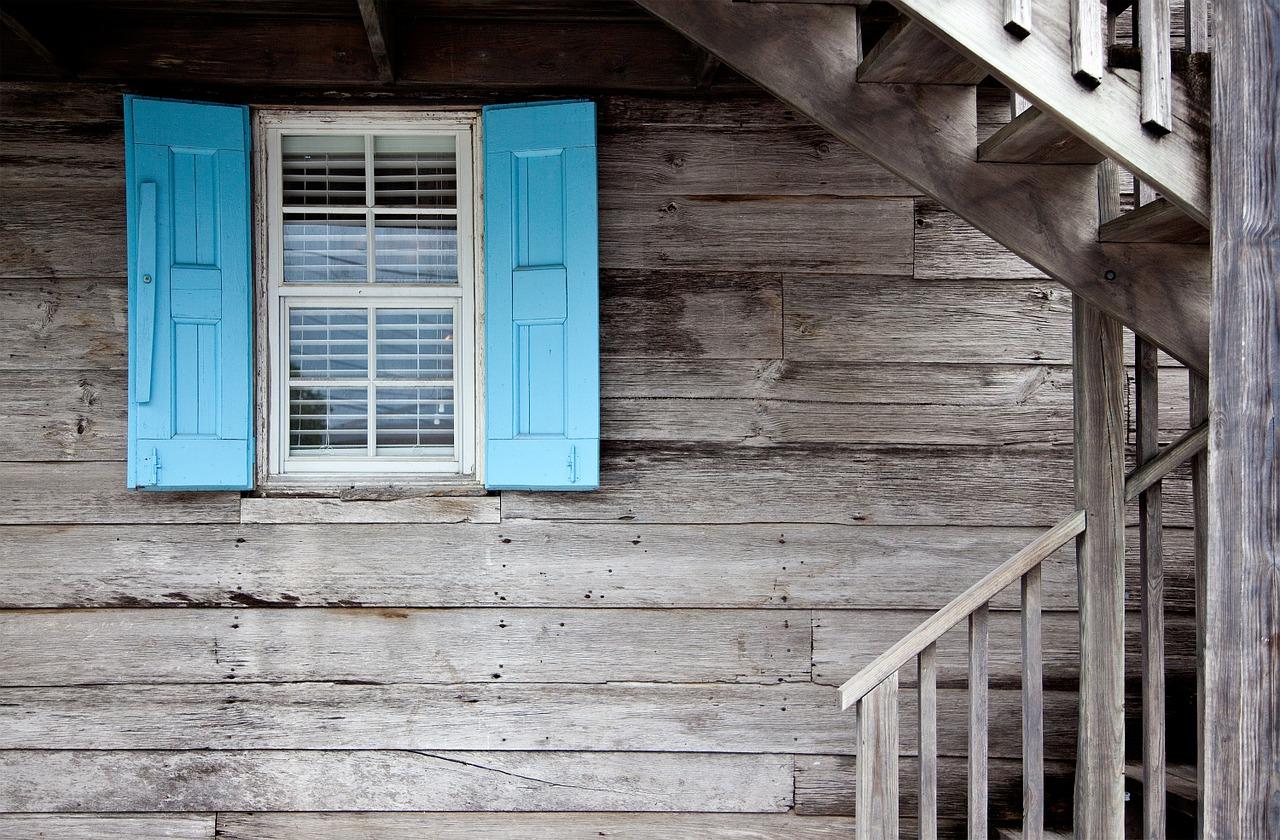In this article, I’ll show you how to choose the best house to fix and flip. I’ll cover calculating purchase price, determining location, understanding the right type of property to buy, and which types of renovations to do.
Calculating the Purchase Price of a Fix and Flip
Previously, I wrote an article entitled Calculating the Purchase Price of a Flip, in which I discussed the basics of what is involved with the comparative market analysis. As part of that discussion, I provided you with my basic 10-step outline of the flip process:
- Isolate the right location for your flip.
- Buy the “right kind” of house for your flip.
- Estimate the After Repair Value (ARV) correctly.
- Estimate the repairs correctly.
- Estimate your holding time and costs correctly.
- Buy the flip for the right price.
- Finance your flip the right way – boy, must you ever do that!
- Good lock on this one – Come-in within Budget and Time-frame on the remodel.
- Find a qualified, credit-worthy buyer.
- Appraise your flip for enough to accommodate buyer’s financing – this is no gimme.
How to Estimate After Repair Value
In the previous article on the subject I suggested that Step 3 – Estimating the ARV, is the most crucial, and it is. However, your ability to isolate the most appropriate location for your flip and find the “right kind of house” are also of utmost importance. Why? Because as good as you are with the numbers, ultimately the success of your flip is less about the numbers and more about your product being able to sell itself, which is a function of desirability. And desirability in turn is anchored by the location first, and the house itself second! Stated differently, if you’ve got the wrong house or if the house is in the wrong location, the flip will be difficult to sell no matter how much wonderful renovation you do – the marketplace is much more powerful than you.
Picking the Right Location for Fix and Flips
In order to make money in flipping we must sell the asset as quickly as possible. For this reason it pays to ensure that the product you bring to the marketplace is both desirable and attainable to the widest cross-section of potential end-users.
What is desirable in terms of location? In other words, where is it that people want to live in your town? Are these questions hard to answer? Try this then – if you were buying a house, where would you want to live?
OK – so you want the penthouse at the Trump Tower; understandable. How many of your buyers will be able to afford that though? Let me rephrase – if you were bad and your wife kicked you out and you had to stay at one of your rental houses, where would you “not mind” staying. You know what I mean? It’s not your first choice, but if you had to, you would feel safe and convenient.
That’s where you want to buy a flip. A blue-color neighborhood where neighbors know each other’s names, where people feel safe, where an ice-cream shop is just around the corner, where shopping centers and places of work are within a reasonable drive, etc. Picture this location in your town and buy flips there…
A Few Things to Remember about Location
- This is a residential area. There is no factory, railroad, pig farm, or the city dump next door. Most people would not like living next to those items.
- This neighborhood does not lay on a busy arterial highway.
- The location is close to a major employment center, which is important for two reasons. First of all, employment drives desirability, which drives house values. Also, nobody likes having to drive for an hour to get to work if this can be avoided.
- But, it is not too close. Most people want to not be reminded about work when they leave their place of employment. In other words, they want to get there without much hoopla when need be, but they don’t want to be right on top of it.
Get it? Moving on:
What Type of Property is Best for a Fix and Flip
While it is possible to pursue flipping of any type of property, and by that I mean Residential Single Family, Multi Family, or Commercial, this strategy lends itself best to single family units. The rational is simple – the objective of the flip is to get in, perform repairs, and out as quickly as possible. The question, therefore, is which type of property would lend itself best to selling quickly?
The answer – all things being equal, the vast, vast majority of buyers are looking for single family dwellings not multi-families or commercial. In that everything we do is a function of opening up our market and appealing to the widest cross-section of the audience, I think you would agree that reasonably flipping of SFR is most attractive – your potential audience is a lot wider.
This is one side of the argument. On the other hand, the benefit of trying to flip a multi-unit is that if you are not able to sell for a profit, at least you have the option of renting the units for cash flow thereby creating a secondary exit strategy.
If you remember, one of the reasons I’ve always pointed to as the major down-fall of flipping as a strategy is the fact that it is inherently a 1-exit game – you have to sell to make money. However, if you are a conservative creature, as I am, then there is a lot of value for you in creating a secondary exit. Therefore, depending on the demographics and dynamics of your market, flipping multiplex or even commercial may be the way to go.
What is the Right Type of House for a Fix and Flip
There are no absolutes in what I am about to tell you because everything is market-driven. However, the following are a few of the fundamentals that remain:
House Size
All things being equal, three-bedroom houses rule the day. A minimum of three bedrooms is what most people want; therefore, they are the easiest to sell. Two-bedroom houses are a niche market unless you are in an area which is specifically desirable to downsizers. Two baths are preferable, but you can get away with one.
While four-bedroom houses are nice, they will cost more to remodel and because the fourth bedroom is considered a bonus room by most buyers, people will be willing to pay only marginally more money for them. A solid three-bedroom house with good-sized bedrooms which is well-priced works for a flip.
Square footage wise stay between 1,400 and 1,800 square feet in size. Anything smaller than that is not functional. Anything larger takes too much money to heat and cool, which can work against you with a budget-conscious buyer.
Avoid Functional Obsolescence
Functional Obsolescence is any aspect of location or structure which does not reflect the necessities of modern life – these are defects. However, more so than simply defects, a lot of which we can fix, functional obsolescence is defects that either can not be fixed or fixing which will cost prohibitively too much money within the scope of a flip. Some examples of functional obsolescence are:
- Ceilings that are too low – people generally don’t like to have to crouch when walking through the house.
- Doorways that are too short or narrow.
- Tiny, galley-style kitchens. This isn’t even OK for apartments as far as I am concerned, but especially in a house. Most ladies like their kitchens – I’m just saying.
- 4-bedroom houses with 1 bathroom. Watch this…
- Conjoint bedrooms which require walking through one to get to the other.
- House sitting next to arterial highway – there might be nothing wrong with the house but very few people would choose to live on top of a highway.
What Types of Renovations are Best for Fix and Flips
You likely won’t need to jump through too many hoops to get a permit for a lot of the smaller items, like the flooring, paint, lighting, kitchen and bathroom upgrades, or to replace furnace with central AC (a lot of municipalities don’t require that a permit be pulled for these items at all). However, when the repair gets to be more “structural” in its’ nature, like a roof, widows, siding, major electric work, or any addition to the house which changes the foot-print, you will definitely need a permit and an inspection by the municipality upon completion.
In and of themselves permits are no problem; they are cheep and usually rather quick to attain in must municipalities. However, when I say “quick”, I mean weeks, which within the fabric of a flip is an eternity. Besides, making additions onto the existing structure which change the footprint of the dwelling, like a room or garage addition, or expanding upon the systems within the house, as in the case of a bathroom which requires additional plumbing, often requires spec approval prior to the work can begin in addition to permit and inspections at every stage of the process. This flat out takes too long for a typical flip.
I would consider staying away from the following, at least until you gain more experience:
- No room additions.
- No bathroom additions.
- No garage additions.
- No complicated foundation work which requires lifting the house.
- No complete re-wiring and/or re-plumbing.
Conclusion and the Best Houses to Fix and Flip
Well, this should give you a nice bird’s eye view on what is involved with picking a house that fits the structure of a flip reasonably well. None of this is set in stone, and every aspect of this discussion needs to be tempered with the tendencies and predispositions in your specific marketplace. As well, I am aware that nothing has been said about the price-point at which to buy and sell your flip, but that is an article in and of itself and I better leave that for another time. Would you like for me to write about that? Let me know in the comments…
Did this help?
Photo Credit: emily katherine may via Compfight cc


5 Comments